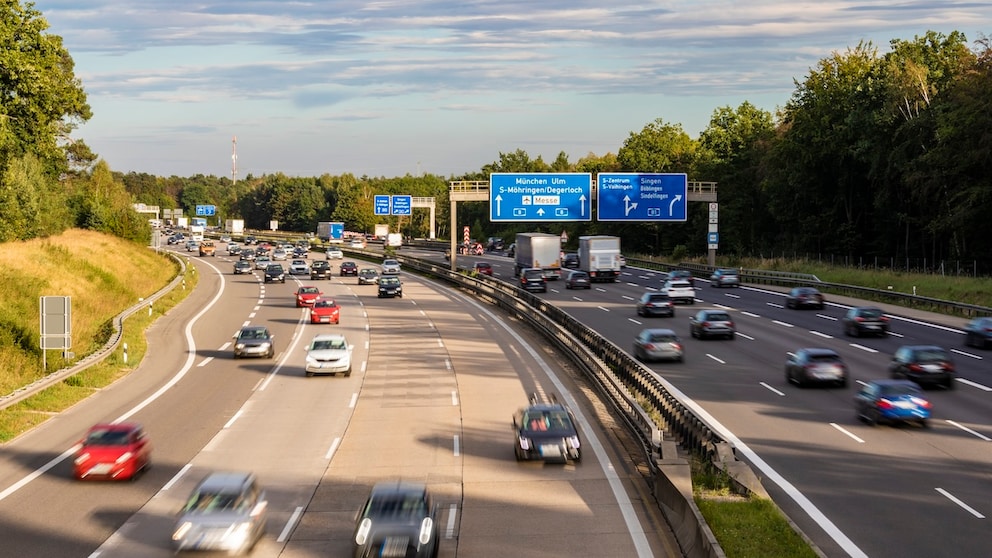October 24, 2024, 5:55 am | Read time: 2 minutes
Most road users adhere to the traffic rules they learn at driving school. When it comes to driving on the highway, one of the things you learn is that it is forbidden to drive in the middle lane or the left lane all the time. In this context, however, you should also be aware of the lesser-known 20-second rule. TRAVELBOOK explains.
During the vacation season, the German autobahns are bustling with activity once again. This is often especially true for the middle lane. Every road user should have learned that driving on the right applies on multi-lane highways. This rule stipulates that the left and middle lanes should be reserved for swift overtaking maneuvers whenever feasible. However, frequent lane switching isn’t the answer either, as it significantly increases the risk of accidents. That is why there must be exceptions, i.e., circumstances in which the right-hand driving rule is temporarily suspended. The so-called 20-second rule provides a helpful guideline for this.
The 20-second rule can temporarily suspend the right-hand driving mandate
“You must drive as far to the right as possible,” says the catalog of fines. This holds true not just in the face of oncoming traffic, but also when being overtaken, navigating crests and bends, or in situations where visibility is compromised. However, the German Road Traffic Act (StVO) also contains an exception for driving on freeways. This applies “if the traffic density justifies it”. Correct, this wording leaves some room for interpretation. The 20-second rule can therefore be used as a guide.
“Drivers are allowed to stay in the middle lane if they cannot drive in the right lane for at least 20 seconds.” This is how the ADAC explains it on Facebook. The aim is to minimize hazardous lane weaving and prevent the need for snaking driving patterns. However, the rule is not expressly laid down in the StVO, the ADAC notes, “it is based on case law”. Drivers, therefore, do not have to return to the right lane immediately if the next overtaking maneuver is already in sight. However, if it’s possible to remain in the right-hand lane for well over 20 seconds before needing to overtake again, a lane change is obligatory.

Rental car, traffic rules, driver's license What to look out for when driving in Japan

Other countries, different laws Traveling through Europe by car and the rules you need to know

The host country for Euro 2016 Road trip through France – 8 questions and answers
Where compliance with the right-hand traffic law is particularly monitored
Baden-Württemberg seems especially diligent in upholding the right-hand driving rule. According to a statement from 2004, the state government is taking various measures to this end. Among these is the deployment of officers in unmarked vehicles equipped with video devices to record drivers lingering too long in the left and middle lanes. This can also happen to you in other federal states. Those caught not adhering to the right-hand lane rule can expect a fine of 80 euros, along with a demerit point in Flensburg.

